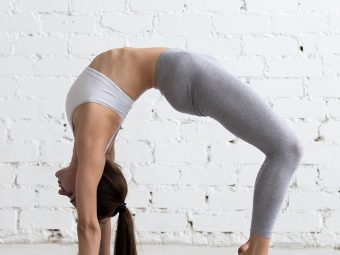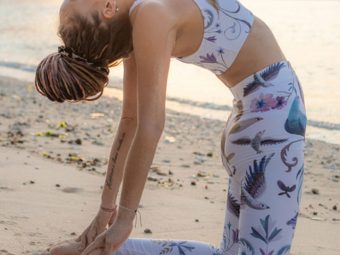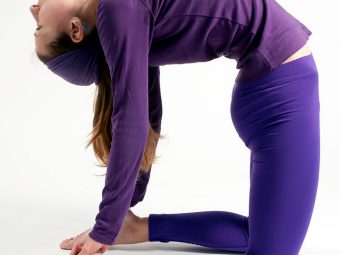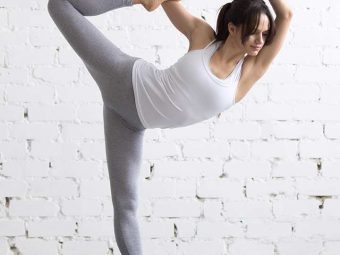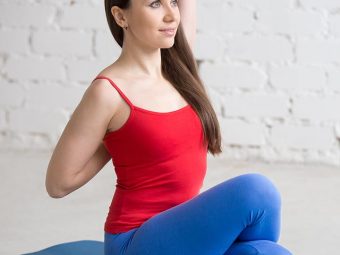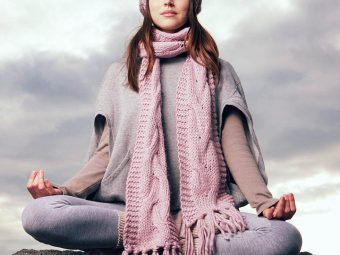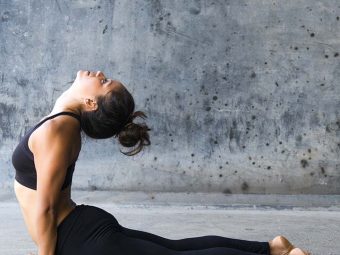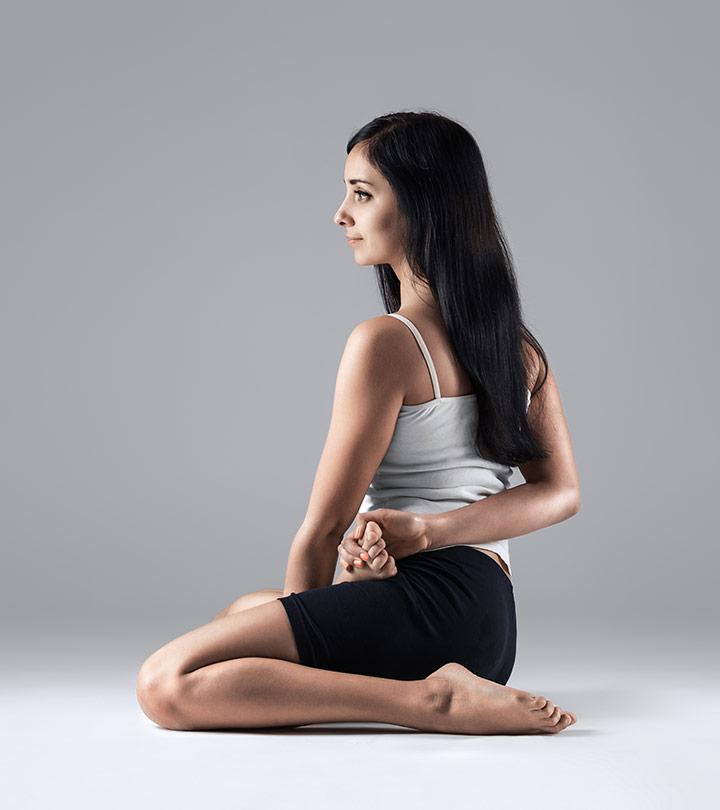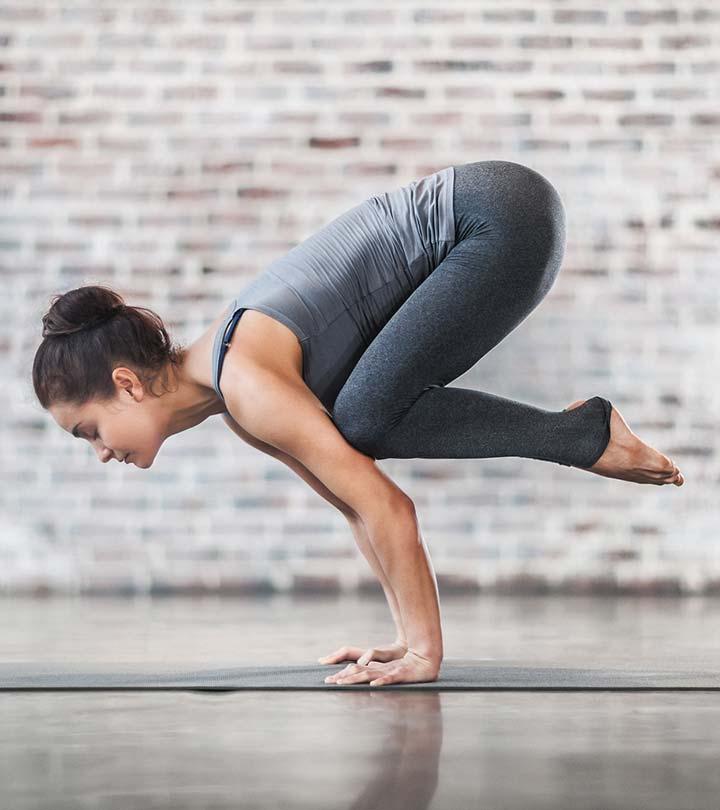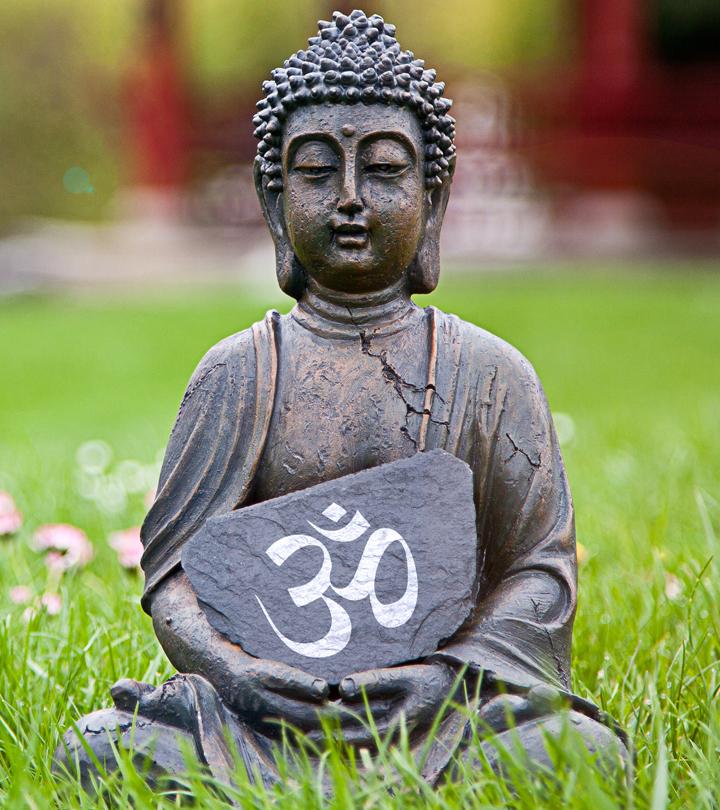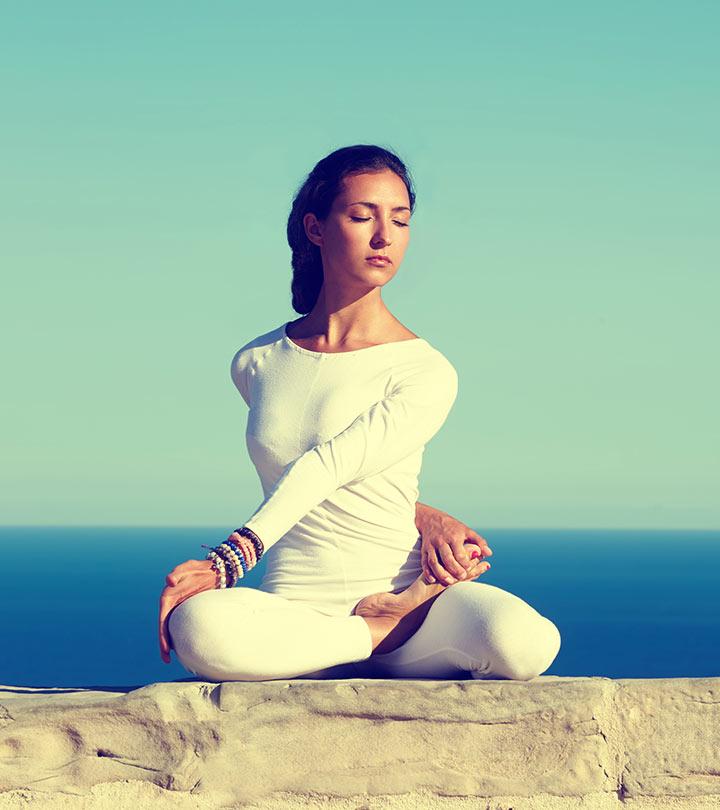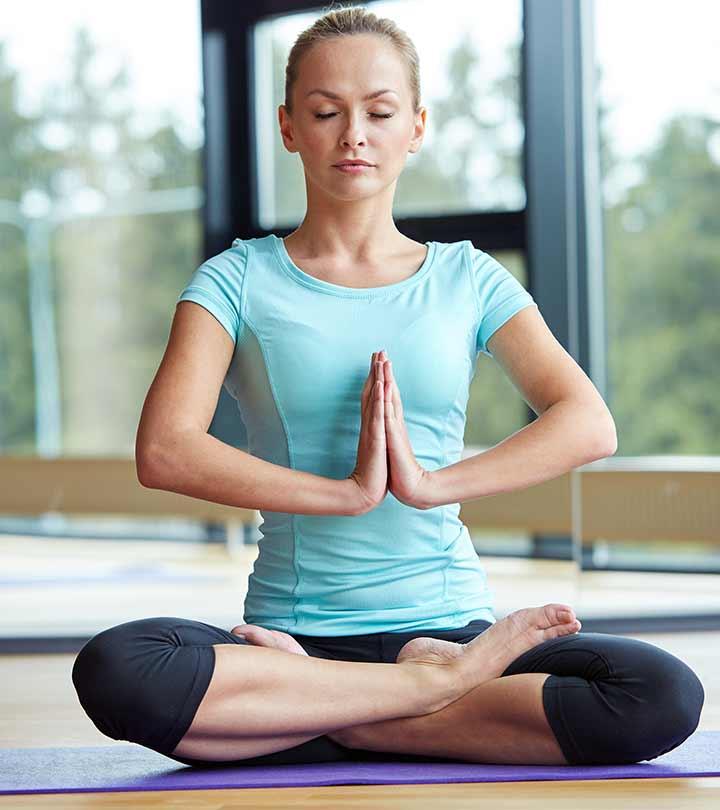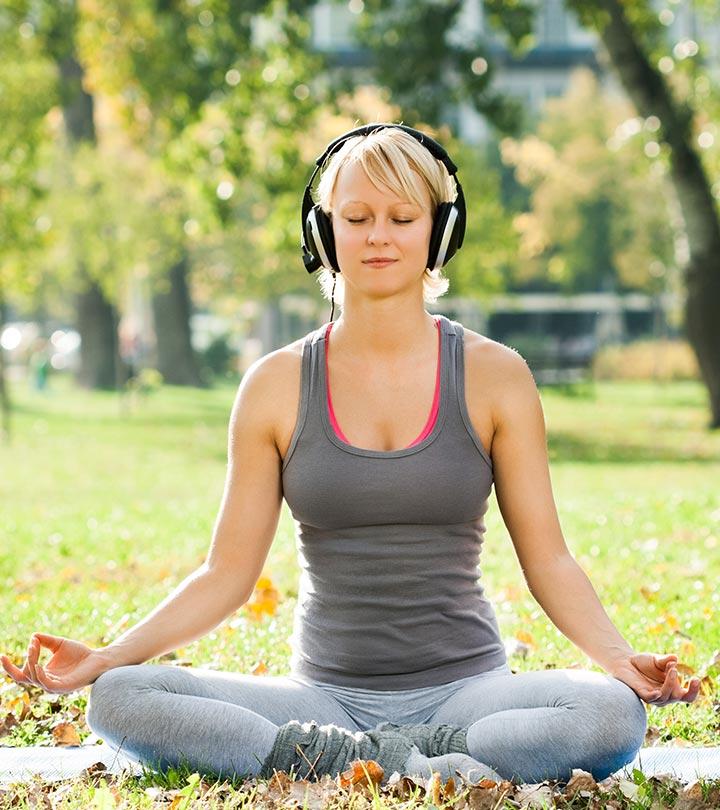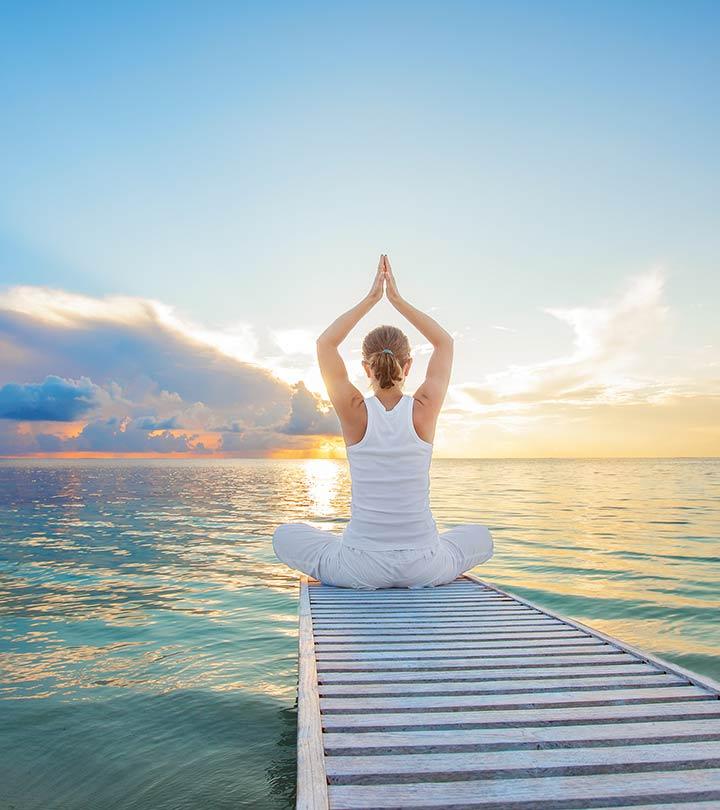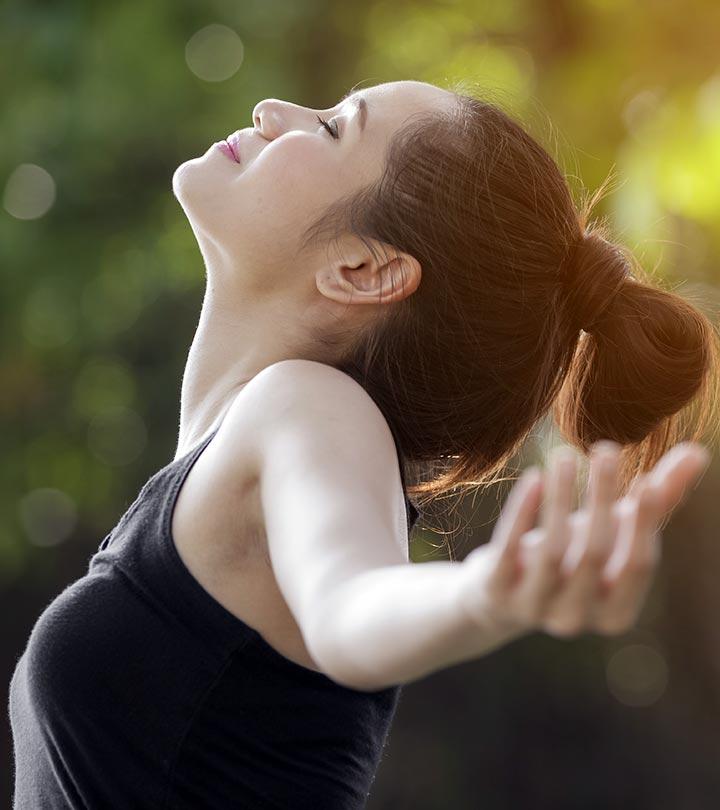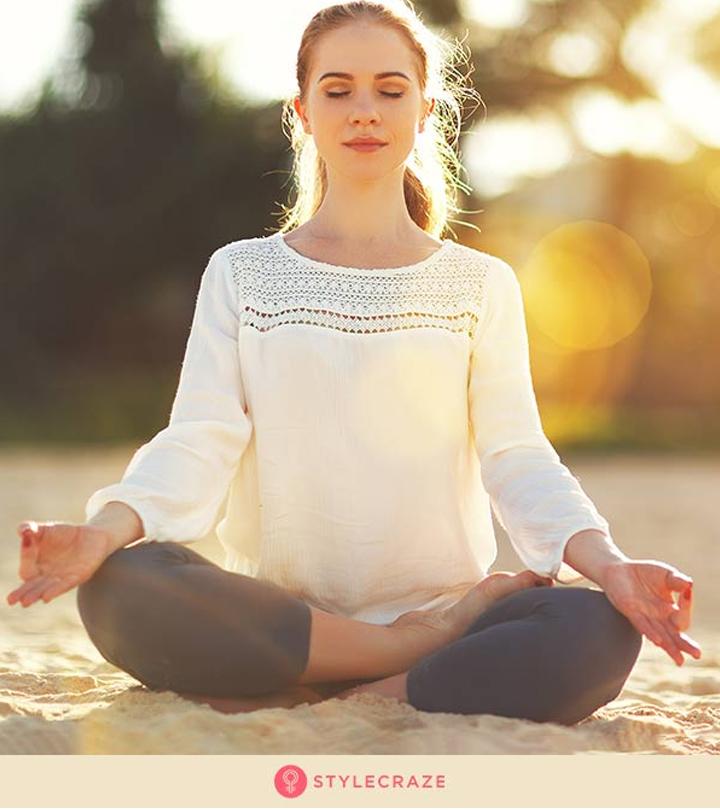How To Do The Dhanurasana And What Are Its Benefits

Image: i Stock
Sanskrit: धनुरासन; Dhanur – Bow, Asana – Pose; Pronounced As dah-noo-rah-sah-nah
Dhanurasana or the Bow Pose is one of the 12 basic Hatha Yoga poses. It is also one of the three main back stretching exercises. It gives the entire back a good stretch, thus imparting flexibility as well as strength to the back.
Everything You Need To Know About The Dhanurasana
- What You Should Know Before You Do This Asana
- How To Do The Dhanurasana
- Precautions And Contraindications
- Beginner’s Tips
- Advanced Pose Variations
- The Benefits Of The Bow Pose
- The Science Behind The Dhanurasana
- Preparatory Poses
- Follow-Up Poses
What You Should Know Before You Do This Asana
You must make sure to keep your stomach and bowels empty before you practice this asana. Have your meals at least four to six hours before you do the asana so that your food gets digested, and there is enough energy for you to expand during the practice.
It is best to practice yoga first thing in the morning. But in the event you cannot work out in the morning, it is alright to practice it in the evening.
Level: Basic
Style: Vinyasa
Duration: 15 to 20 seconds
Repetition: None
Stretches: Abdomen, Thorax, Thighs, Ankles, Groin, Psoas major muscle, Throat, Front of the body
Strengthens: Back
How To Do The Dhanurasana
- Lie flat on your stomach, keeping your feet hip-width apart and your arms beside your body.
- Now, gently fold your knees and hold your ankles.
- Inhale, and lift your chest and legs off the ground. Pull your legs back.
- Look straight and keep your face stress-free. A smile should help.
- Hold the pose as you concentrate on breathing. Your body should be as taut as a bow.
- As you get comfortable in the pose, breathe long and deep.
- About 15-20 seconds later, exhale and release the pose.
Precautions And Contraindications
These are some points of caution you must keep in mind before you do this asana.
- This asana should not be practiced if you suffer from a hernia, high or low blood pressure, pain in the lower back, migraines, headaches, neck injuries, or if you have had an abdominal surgery recently.
- Women should avoid this asana during pregnancy.
Beginner’s Tips
When you start off, as a beginner, it might be difficult to lift your thighs off the floor. You can roll up a blanket and place it beneath your thighs to give them support to pull up.
Advanced Pose Variations
To deepen the pose, you could try the Parsva Dhanurasana. For this, once you assume the pose, you must exhale and dunk a shoulder on one side to the floor. Then, tug the foot on the opposite side towards the foot on the same side, and roll over on that side. You can hold your ankles with your arms in the same stance as the Dhanurasana. Hold the pose for 20 to 30 seconds. Repeat the asana on the other side. This asana gives your abdominal organs a good stretch.
The Benefits Of The Bow Pose
These are some amazing benefits of Bow Pose.
- It helps to strengthen the back as well as the abdominal muscles.
- This asana helps to stimulate the reproductive organs.
- Practicing this asana helps to widen and open up the neck, chest, and shoulders.
- The legs and arm muscles are toned.
- This asana is a great stress buster.
- Menstrual discomfort is relieved with regular practice.
- This asana also helps people with renal disorders.
The Science Behind The Dhanurasana
Both ancient yoga and modern science affirm that the spinal cord is not only the most subtle but also the most important part of the body. Most asanas involve the spinal column to enrich the root of our tree of life. The spinal column is the key to developing the spine. This asana mainly focuses on the spinal column, and when done with full intent, it strengthens and flexes the back. Relax, yet stay aware of the stretch in your body. But do not strain. Listen to your body.
Preparatory Poses
Bhujangasana
Salabhasana
Supta Virasana
Virasana
Urdhva Mukha Svanasana
Setu Bandhasana
Sarvangasana
Follow-Up Poses
Matsyasana
Setu Bandha Sarvangasana
Urdhva Dhanurasana
Urdhva Mukha Svanasana
Ustrasana
Now that you know how to do bow pose, what are you waiting for? The Dhanurasana is an iconic yoga pose that is extremely beneficial to your back. You must make it a practice to practice this pose!
Recommended Articles
- Ardha Chandrasana / Half Moon Pose – How To Do And What Are Its Benefits?
- Supta Padangusthasana/ Reclining Big Toe Pose – How to Do And What Are Its Benefits?
- Vriksasana / The Tree Pose – How To Do And What Are Its Benefits?
- Paschimottanasana / Seated Forward Bend Pose – How To Do And What Are Its Benefits?
- Bitilasana/ Cow Pose – How To Do And What Are Its Benefits?





